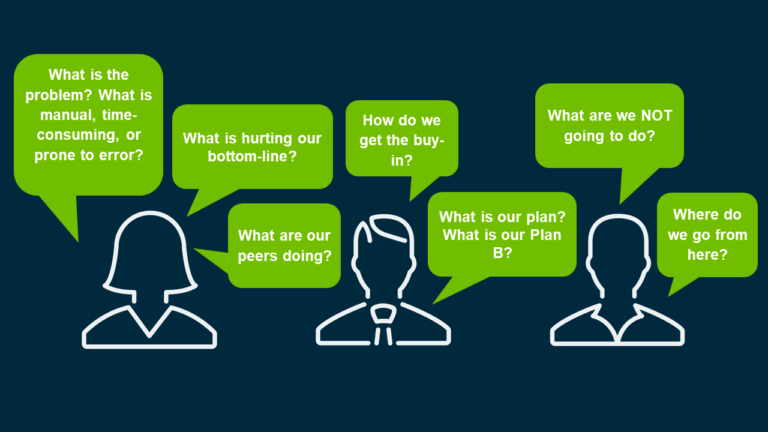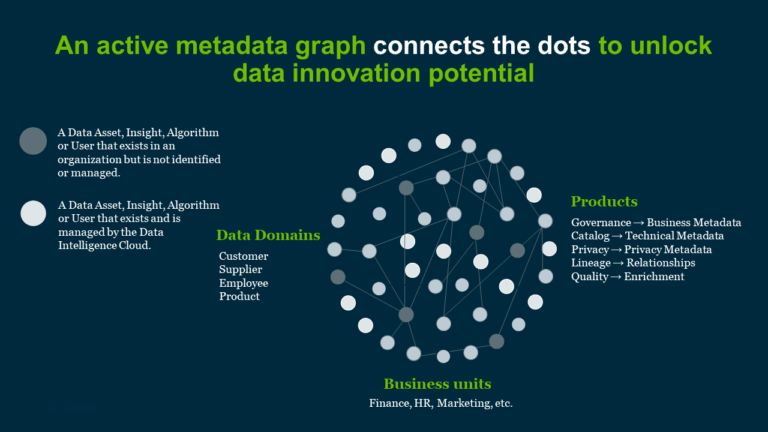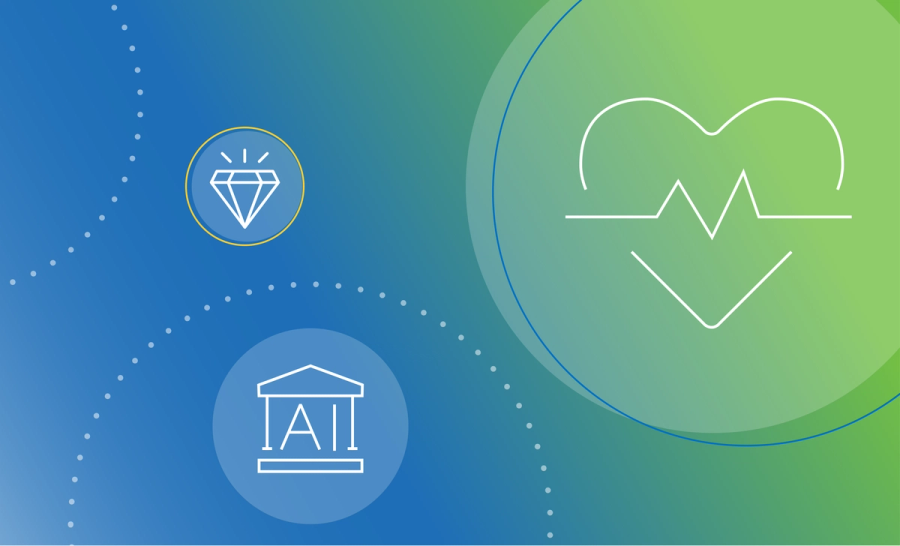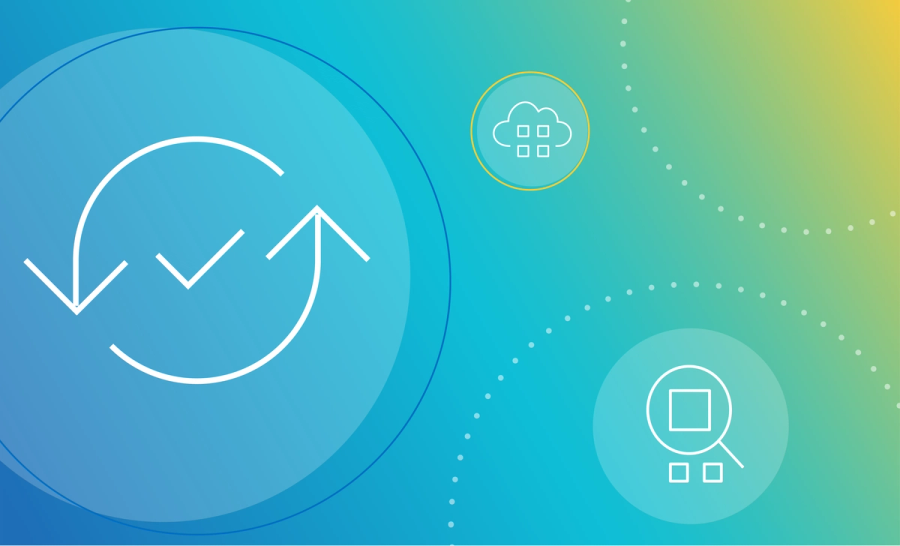Fostering data innovation with data quality and governance

Data innovation is the reinvention or fundamental transformation of business processes, by using new data sources and new types of data analysis. It focuses on gaining a better understanding of data to innovate and make a meaningful impact on the business.
Why you need data innovation
The world is constantly seeking new ideas, new products, and new services. Technology is changing every day. Customers are always looking for something better. Being in business now means how you can survive this constant change and make it work for you.
Data innovation gives you a unique edge to approach your business objectives. New products and services can boost your top-line and add to your brand value. Process redesigning can reduce costs, enhance productivity, and improve risk mitigation. A recent Splunk report states that data innovation helps achieve a number of business objectives, such as higher customer satisfaction and improved customer retention. More than 60% of respondents also report success in entering new markets.
How data innovation works
Innovation is a reaction to a situation. In business, innovation can be in products, processes, or business models. It can be a short-term solution or a strategic shift. Successful organizations are always looking for ways to innovate. Not just to improve their bottom-line, but also to expand and create new markets. They follow the mantra – if you don’t innovate, others will.
How do organizations react to situations? When Covid-19 closed down offices, organizations turned to work from home. Restaurants started home deliveries. New apps popped up to deliver groceries. Entertainment events took the cue and moved to streaming. The common thread here is assessing the circumstances and reacting creatively.
When situations threaten established business practices, organizations react. But not randomly. First, they define the situation, find a solution, and then assess if it works. They don’t stop there and keep improving. What helps them at every stage is data. It’s data that helps understand the issue, and data that tells if the solution is successful.
Data is essential for innovation. But more data doesn’t just mean more innovation. More data means more opportunities to power innovation. You can uncover these opportunities through a deeper understanding and a higher trust in data. And, of course, the right analytical methods to make sense of that data.
Data innovation is all about this data-driven reinvention. It asks questions such as:

When the innovation works out, you can keep iterating to improve it. You can also move to the next idea and repeat the process.
How data quality is critical to data innovation
Organizations today face large volumes of data coming in from diverse sources. Managing this data is always a challenge. There can be duplication in data, missing records, and mismatched formats. Some may not be correct, while some may not be even valid. You cannot trust such data to drive accurate analysis.
Data innovation needs high quality data — data that is complete, accurate, consistent, valid, and capable of powering trusted business decisions. Organizations have several ways to transform their business, but need accurate analysis to show them the right direction. For example, if their customer retention is low, they want to know why before they can plan their response. If the manufacturing costs are going up, they want to find the problematic step in the manufacturing process. If their sensors are failing onsite, they want to analyze the entire supply chain. In short, they want to define their problem before responding.
Data innovation is built on the foundation of robust analysis. Some organizations still use traditional analytical tools, while others have moved on to machine learning algorithms. Both require high data quality to produce accurate insights. Machine learning algorithms learn from training data. If the training data is of poor quality, the predictive model will get distorted. When that model uses new data, the accuracy of the analysis will be affected to a great extent. If the new data also happens to be of poor quality, the analysis will get hit twice.
Who is responsible for the data quality driving innovation
No organization can produce good results from bad data. But who decides if the data is bad or not? How? And who improves the quality of data?
Traditionally, the IT team is responsible for data quality. It uses standard tools to measure data quality and detect errors. Other data users sometimes inform them about the data issues they face. This informal practice has several gaps.
To begin with, data quality measurement may focus only on accuracy. It may overlook the other essential dimensions of data quality. If the business users are not involved, the business impact of data errors doesn’t get assessed. This means that the IT team has no idea of the priority of the data quality issues. The IT team may also fail to recognize the data quality dimensions significant to the organization.
This is just the tip of the iceberg. Working on the issues usually happens ad hoc and at the level of data sets. These band-aid fixes are not sufficient to ensure that all users can always access high-quality data. Moreover, your enterprise data may contain two versions of the same data, one accurate and one with the error. All while the business users wait to get the critical issues fixed.
Even if the IT team tackles the current issues, they still have to manage the continuous data coming to them from all directions and with all possible errors. And sustain the efforts nonstop to match the arriving data. It is quite clear that home-grown tools or any other partial solution will not help in this situation.
It needs mature data practices founded on data governance. With a culture of everyone in the organization being responsible for data quality.
How data governance and data quality foster innovation
The value of data is not in the data itself but in what you can do with it. While data quality establishes that data is fit for use, data governance ensures that its use is streamlined, secure, and compliant. When both work together, you can create immense value from data.
Trusted data starts with data observability, using metadata for context, and proactively monitoring data quality issues. A predictive data quality tool catches data errors before they can affect the downstream operations. The rules are adaptive and improve by learning from data. Fixing errors at the source ensures that they do not resurface. Self-service data quality enables all users to build trust in data. Business users can themselves detect and report issues. This proactive approach helps you establish a collaborative data culture.
A robust foundation of data governance promotes a shared understanding of data across the enterprise. When business users and data managers have the same understanding, it gets easier to figure out and prioritize data issues.
Data governance enables defining data ownership, which means that the data quality issues get assigned to the right data owners. The automated workflows of data governance can quickly start the process of fixing data quality issues. In addition, data catalog and lineage helps you focus your efforts on business-critical data, and continuously improve trust in your data. Data intelligence provides the ability to understand and use your data in the right way to speed up your data innovation.
With the assured delivery of high data quality, your analysis produces trusted insights. These trusted insights can reveal the hidden problems affecting your business, guiding you to innovate. Often the investigation itself can suggest ideas for improvement. A competent analysis can also uncover potential innovation opportunities to expand the business and enter new markets.
The Splunk report on Data Innovation found that businesses using more mature data practices reported double the innovation of beginner-level organizations. These organizations are almost twice as likely to say their data-fueled innovation helped them to enter new markets and increase revenue.
Recent key shifts in technology, such as the flexible data stores, data observability and data mesh architecture, are making high-quality data easily accessible in real-time. Supported by governed data practices, they open up unlimited opportunities for innovation.
Forbes emphasizes that data innovation requires thinking creatively, and coming up with new ways to view and work with the data. Data quality and governance help you strategize for those new ways and proactively foster data innovation.

The difference between innovating and NOT innovating often lies in the ability to connect the dots. Enterprise data is full of these dots, but connecting them requires a deeper understanding of data.
Getting a comprehensive view of your enterprise data is a good way to get started. Metadata provides the necessary business and technical context to understand the data better. Active metadata graphs span enterprise data assets to enrich their context and connect the dots to deliver deeper insights. Working with a single integrated system of engagement for data can deliver you much more than the sum of its parts. Maximize the value of your enterprise data and unlock your data innovation potential.
Related articles

Data QualitySeptember 12, 2024
What is data observability and why is it important?

AIJuly 15, 2024
How to observe data quality for better, more reliable AI

Data QualityNovember 8, 2024
Announcing Data Quality & Observability with Pushdown for SAP HANA, HANA Cloud and Datasphere

Data QualityNovember 16, 2023
The data quality rule of 1%: how to size for success
Keep up with the latest from Collibra
I would like to get updates about the latest Collibra content, events and more.
Thanks for signing up
You'll begin receiving educational materials and invitations to network with our community soon.
